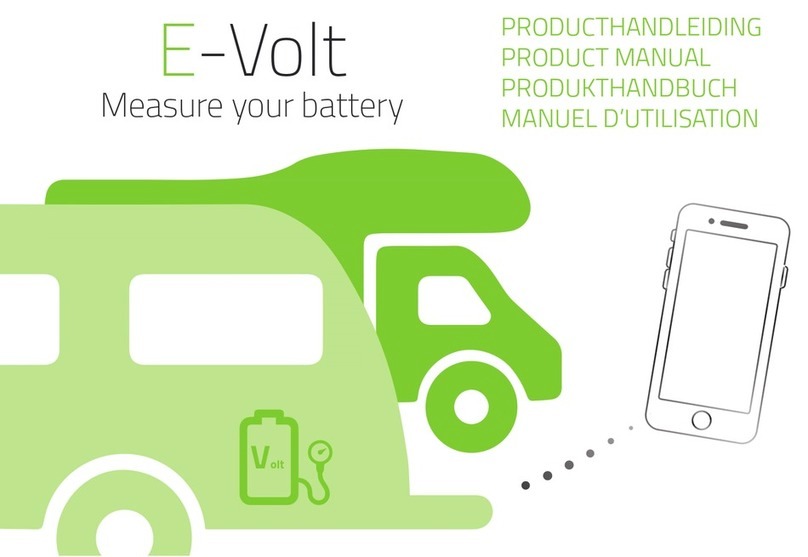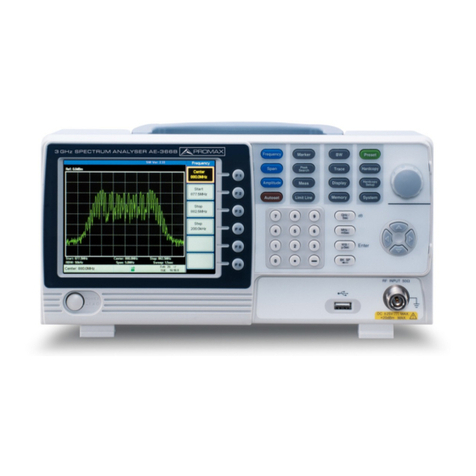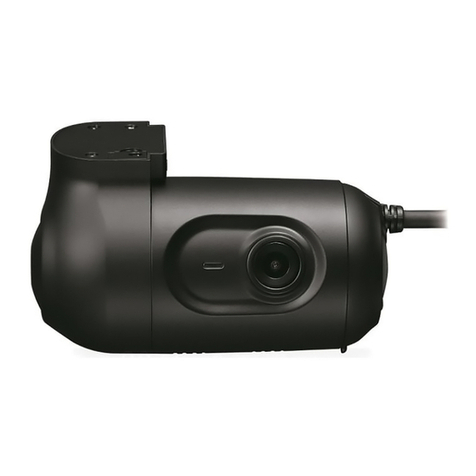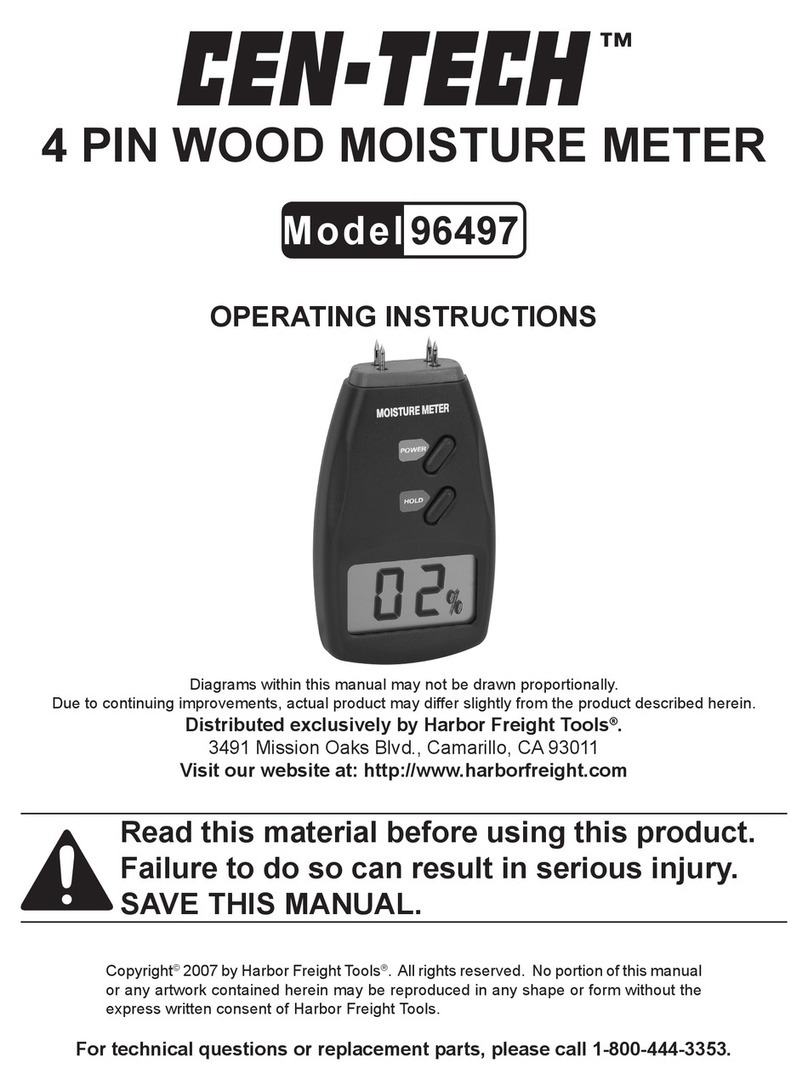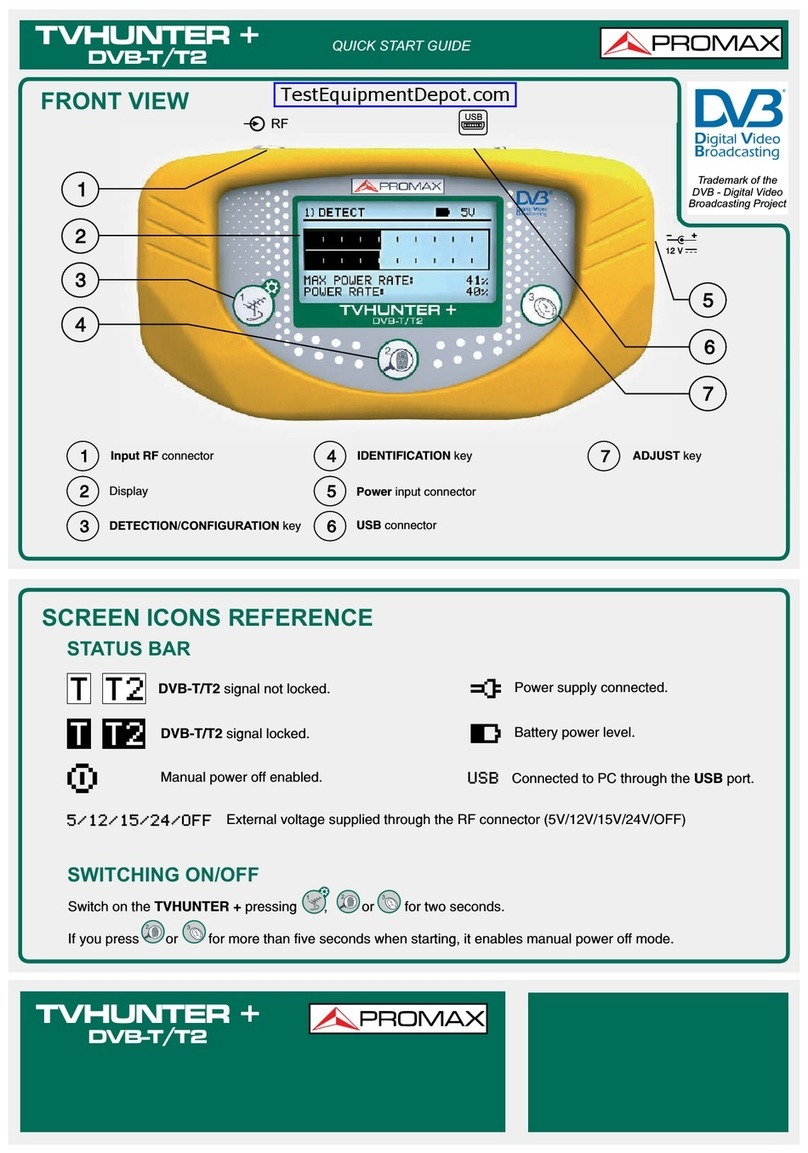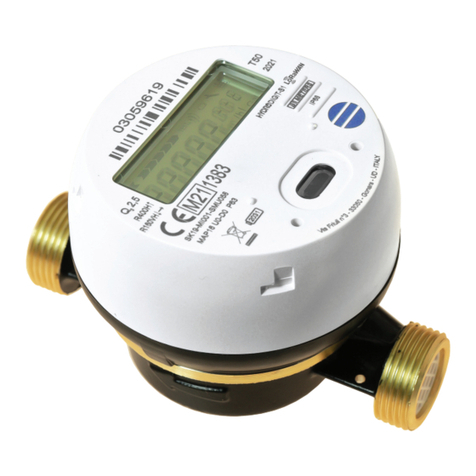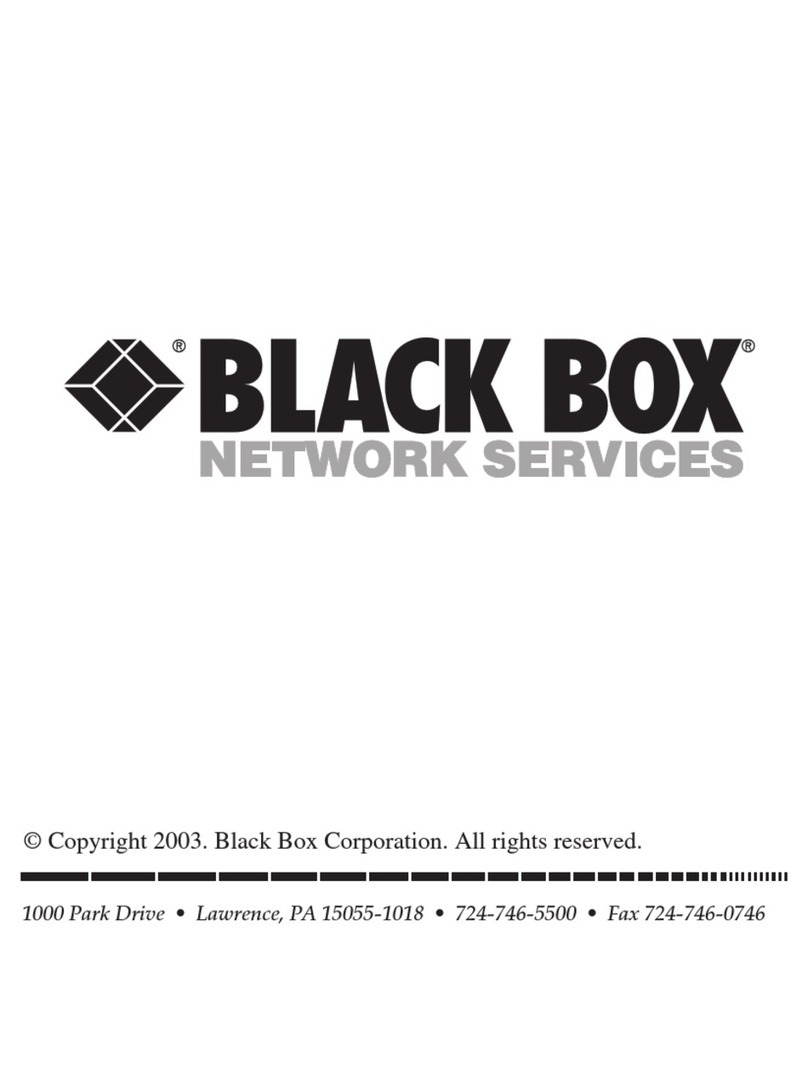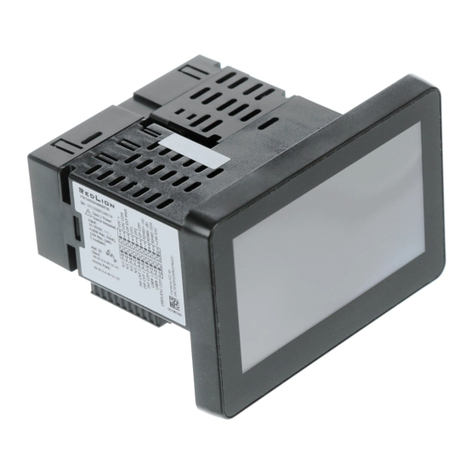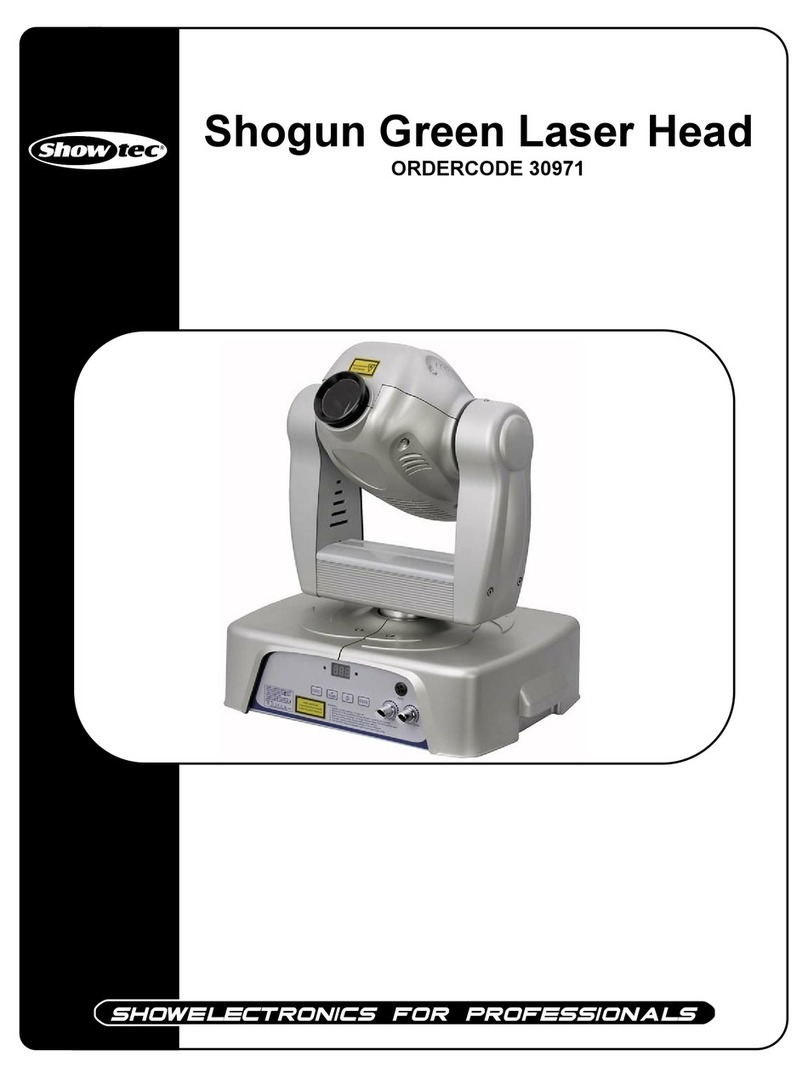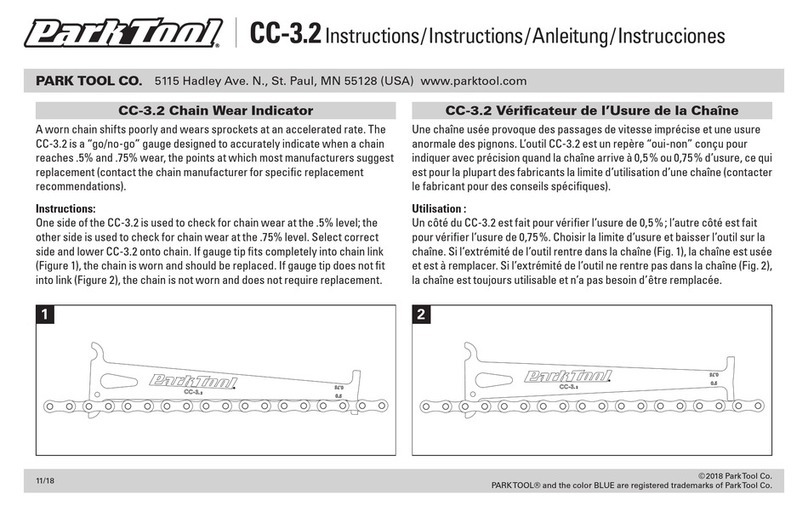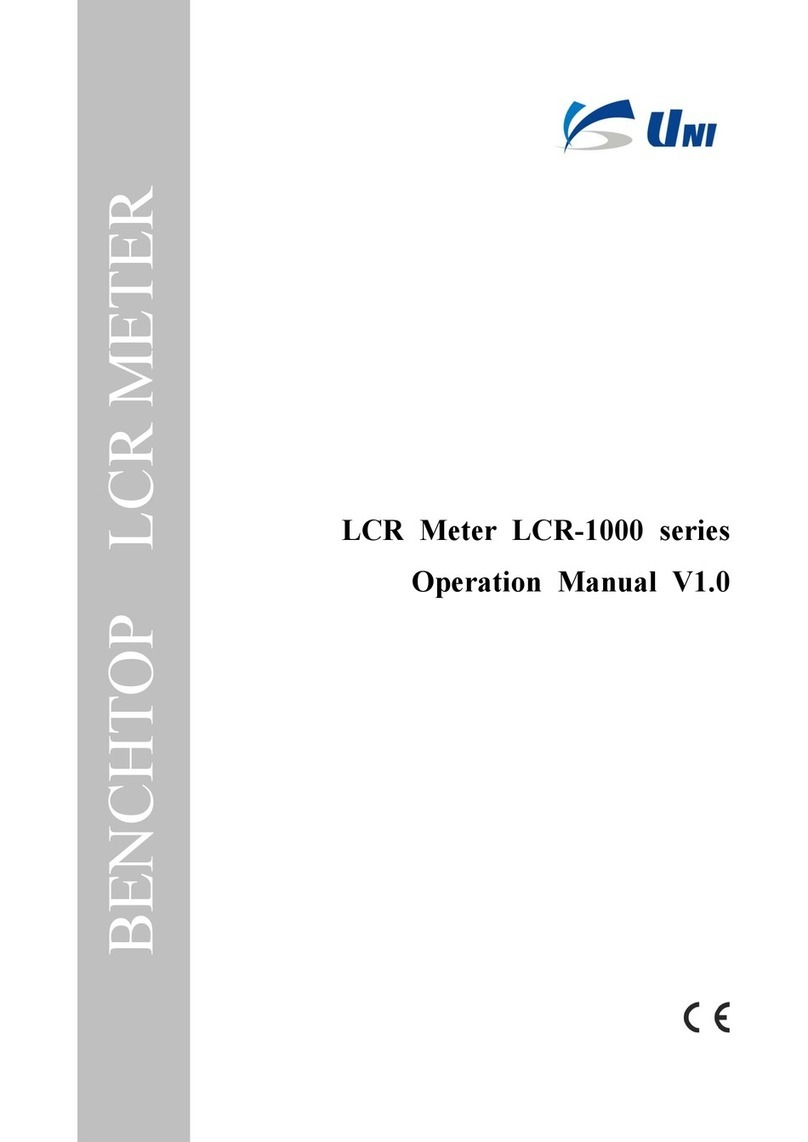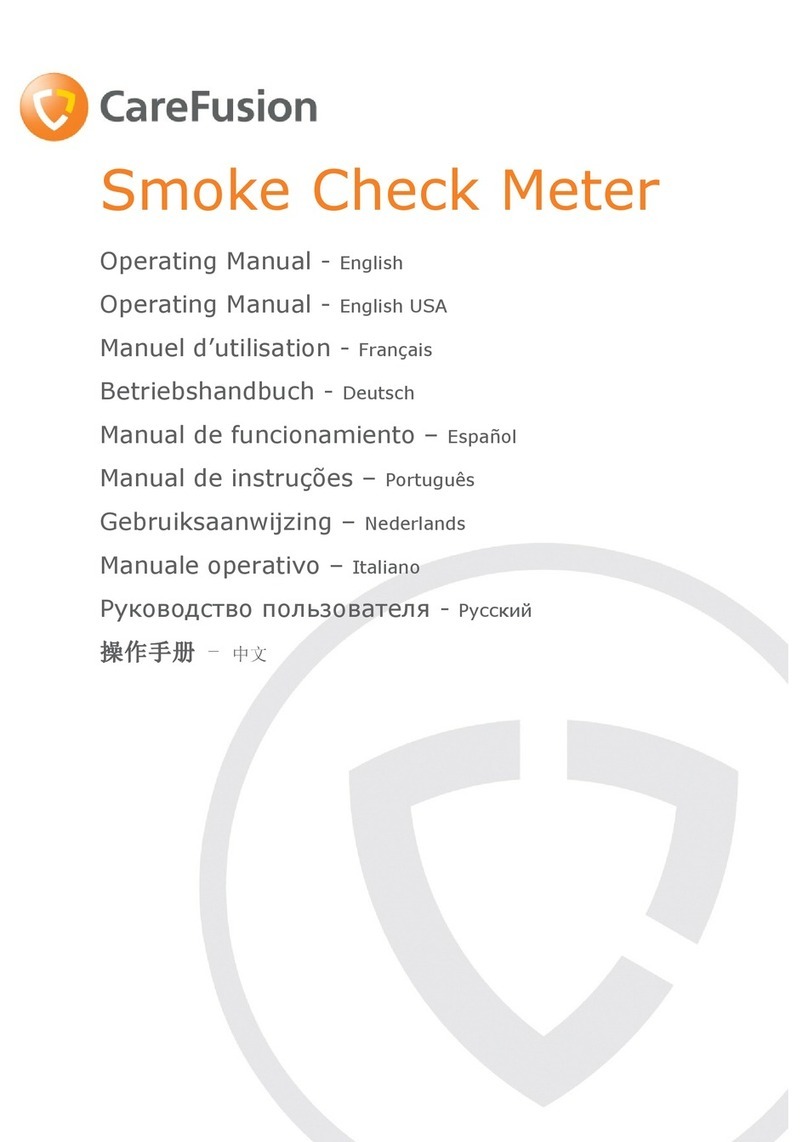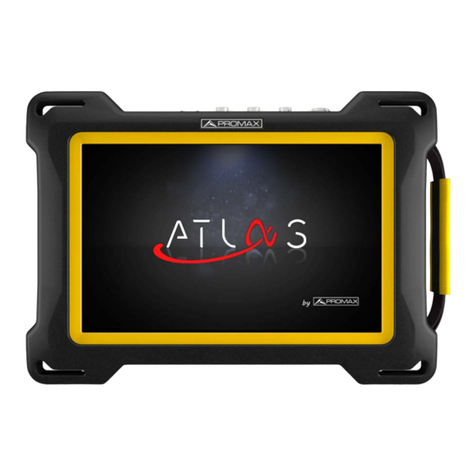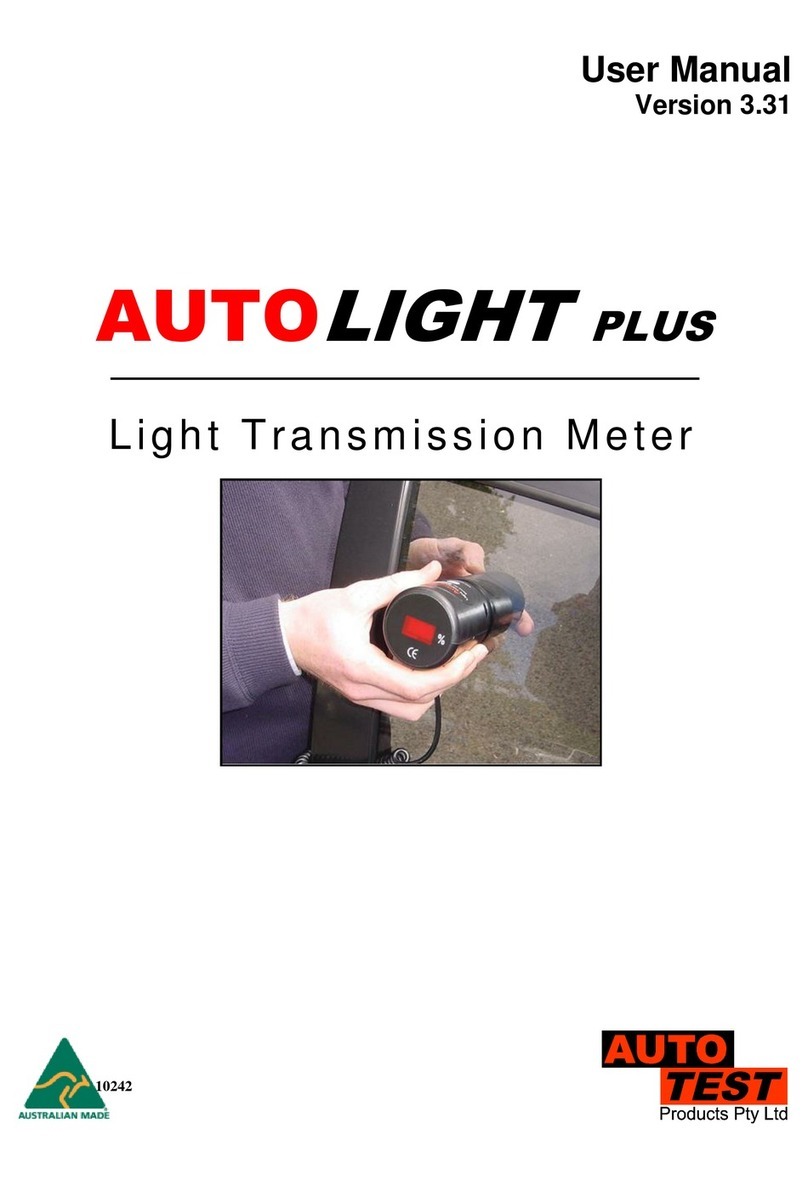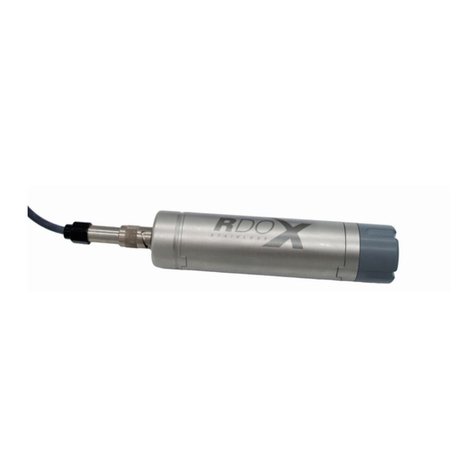ACS contsys SAT User manual

Technical manual BA 1118
Filling level
SAT
Electrode probe
for conductive limit level detection
in electrical conductive liquids
Detects up to six limit values simultaneously
Useable
for leakage or overflow protection in container
for minimum, maximum resp. multilevel detection in container
as pump protection, resp. dry run protection in pipelines
for two-position-control of pumps
Wide application range
for conductivities higher than 1 µS/cm
for process temperatures from -15 °C to +150 °C
for process pressures from -1 bar to +10 bar
materials also for aggressive filling material
ATEX II 1 G Ex ia IIB/IIC T6…T1 Ga
Certification for the use in explosion hazardous areas
Integrated wire break monitoring
L a u t e r b a c h s t r . 5 7 –8 4 3 0 7 E g g e n f e l d e n –G e r m a n y
T e l : + 4 9 8 7 2 1 / 9 6 6 8 - 0 –F a x : + 4 9 8 7 2 1 / 9 6 6 8 - 30
info@acs-controlsystem.de –www.acs-controlsystem.de

SAT
page 2 of 9
Index
Application field ........................................................................................................... 3
Function ........................................................................................................................ 3
Safety notes ..............................................................................................................3
Installation ..................................................................................................................... 4
Maintenance ................................................................................................................. 4
Repair ............................................................................................................................ 5
Electrical connection ..................................................................................................... 5

SAT
page 3 of 9
Application field
The electrode probe SAT, in combination with a suitable evaluation device, is used for conductive limit value
detection in electrically conductive filling materials.
Depending on the application, the electrode rods can have a length of up to 3 m.
With up to four contact electrodes multiple tasks can be fulfilled simultaneously. Among these tasks are e.g.
leakage and overflow protection, minimum / maximum protection resp. multilevel detection in container, pump
protection in pipelines and also the two-position-control of pumps.
The electrode probes are designed for a wide application range.
The conductivity also of aggressive filling materials, with 1 µS/cm and higher can be detected, at process
temperatures from -40 °C to +150 °C, at pressures from -1 bar to +20 bar.
The electrode probes are certificated for the use in explosion hazardous areas acc. to ATEX II 1 G in zone 0.
Function
The electrode probe is mounted directly in the wall of the container or of the pipe by using the respective process
connection or installed over the filling material by using a suitable mount.
The alternating voltage, that is generated by a suitable evaluation electronic is applied either between the
electrode rods or between the electrode rods and the metallic wall of the container resp. pipe that is connected
to the metallic process connection.
As soon as the electrically conductive filling material makes a connection between the electrodes resp. between
the electrode and the metallic wall of the container resp. pipe, an measurable current flows, that causes a
reaction of the connected evaluation device.
Due to the use of a alternating voltage the corrosion at the electrode and the electrolytic decomposition of the
filling material is avoided.
At the electrode probes an additional module (diode module LBM) for the wire supervision can be installed inside
the housing.
In the case of a wire break between electrode probe and a suitable evaluation device, the evaluation device can
output a corresponding warning signal.

SAT
page 4 of 9
Safety notes
Operational safety
The device is safely built and tested according to state-of-the-art technology and has left the factory in perfect
condition as regards technical safety.
The device meets the legal requirements of all relevant EC directives. This is confirmed by attaching the CE
mark.
Installation, connection, commissioning, operation
Installation, electrical connection, commissioning and operation of the device must be made by a qualified and
authorized expert according to the information’s in this technical manual and the relevant standards and rules.
This expert must have read and understood this technical manual and especially the safety notes.
The device may only be used within the permitted operation limits that are listed in this technical manual. Every
use besides these limits as agreed can lead to serious dangers.
The materials of the device must be checked for compatibility with the respective application requirements
(contacting materials, process temperature) before use. An unsuitable material can lead to damage, abnormal
behavior or destruction of the device and to the resulting dangers.
The sensors may not be used as sole device for prevention of dangerous conditions in machines and plants.
Using the device in a manner that does not fall within the scope of its intended use, disregarding this
instruction, using under-qualified personnel, or making unauthorized alterations releases the manufacturer from
liability for any resulting damage. This renders the manufacturer‘s warranty null and void.
Safety notes for electrical operating supplies
for explosive hazardous areas
If a device is installed and operated in explosive hazardous areas, the general Ex construction standards
(EN/IEC 60079-14, VDE 0165), these safety notes and the enclosed EC conformity certificate must be
observed.
The installation of explosive hazardous systems must be carried out principally by specialist staff.
The device meets the classification
II 1 G Ex ia IIB/IIC T6...T1 Ga resp.
II 1/2 G Ex ia IIB/IIC T6...T1 Ga/Gb resp.
II 2 G Ex ib IIB/IIC T6…T1 Gb
The devices are conceived for detection of limit values in explosive hazardous areas.
The measured medium may also be combustible liquids.
The permitted operating temperatures and pressures are type and variant dependent and can be found in this
technical manual.
For applications, which require devices of category 1 or category 1/2, the process pressure and temperature
range of the media has to be between 0,8 bar and 1,1 bar and between -20 °C and 60 °C.
If a device is mounted in the separation wall to the hazardous area that requires devices of category 1, the
process connections have to be designed in such a way, that they are sufficiently tight according to
EN/IEC 60079-14 section 4.6.
The operating device may only remain in the zone when connected to an evaluation device and connected to
the potential compensation.
The device is earthen for safe technical function. Provide sufficient potential compensation along the complete
cable way. Install the intrinsically safe circuit earth free.
At variants of the devices with chargeable plastic parts (e.g. connection housing, isolation), a warning marking
points out to the safety measures, that must be applied because of the electrostatic charging in operation and
especially in the case of maintenance activities.
avoid friction
no dry cleaning
no assembling in pneumatic conveying stream
protect the electrode rods against pendular movements

SAT
page 5 of 9
Installation
The isolation of the electrode rod may not be damaged resp. removed excepted at the electrode tip.
The electrode rods can be cut arbitrarily by a tong or a saw. After cutting the electrode rod, remove 10 mm of
the isolation. The electrode may not be mechanically forced at the cutting, to avoid damaging the isolation.
Installation notes
Drive the system pressure free prior installation resp. deinstallation of the device and avoid high temperatures
to avoid injuries.
Consider enough installation space outside the container, to insert the electrode probe into the plant without the
use of force.
Install the device if necessary into a bypass if dense heavy foam, wild turbulences or foamed liquids can occur.
Install the electrode probe in such a position in the container, where no strong forces to the side, like e.g. by
mixer or near fill-in openings, can have an effect to the electrode rods.
This is especially important for especially long electrode rods.
The non-isolated electrode tips, when mounted, may not make a contact to the wall of the container, if this is
made of metal or electrically conductive plastic.
Electrode rods longer than 0,5 m must be stabilized among each other or against the wall of the container,
especially if the filling material is strongly fluctuating.
Use for the stabilization suitable isolating spacers.
The distance between the spaces should be not more than 0,5 m.
At horizontal side mounting into a container or also into a pipe for stability reasons the length
of the electrode rods should be not more than 200 mm.
At wider electrode rods (8 mm) the length can be longer.
At a horizontal mounting the electrode rods should be installed at an angel with the
electrode rod tip below (approx. 20°), to allow an easier flow-off of filling material
residues and by this to avoid the coat-forming.
At horizontal pipelines the length of the electrodes is limited by that way, that in a empty
pipe, also in the case of liquid residues, the electrically conductive liquid connection
between the two electrode rods can disconnect.
Otherwise and empty pipe can be detected as filled.
The tightening of the process connection may only be done at the hexagon by a suitable spanner. The
maximum permitted torque strength is 100 Nm.
The screw in of the process connection by using the connection housing is not permitted.
Maintenance
The device is free of maintenance.
The isolation of the electrodes should be checked regularly and also a possible coating at the electrode tips
should be removed.
A non-conductive coating at the metallic electrode tip can effect error behaviour because no current can flow
although the electrically conductive filling material makes a connection.

SAT
page 6 of 9
Repair
A repair may only be carried out by the manufacturer.
If the device must be sent back for repair, the following informations must be enclosed:
An exact description of the application.
The chemical and physical characteristics of the product.
A short description of the occurred error.
Before returning the device for repair, the following measures must be proceeded:
All stick product residues must be removed. This is especially important, if the product is unhealthily,
e.g. caustic, toxic, carcinogenic, radioactive etc.
A returning must be refrained, if it is not possible by 100% to remove the unhealthily product
completely, because e.g. it is penetrate into cracks or is diffused through plastic.
Electrical connection
The electrical connection of the device must be carried out according to the respective country specific
standards. Incorrect installation or adjustment could cause applicationally conditioned risks.
Use only suitable cables with max. 25 per wire, that fulfills the requirements e.g. regarding temperature,
resistance or laying at the place of installation.
The cable gland is suitable for cable diameters from 3,5 to 8 mm. After installation of the cable the cable gland
must be fix screwed to ensure the tightness of the connection housing.
Use only shielded signal and measurement wires and install these wires separated from power leading wires.
At strong electromagnetic irradiation use principally a cable with shield. Connect the cable shield only at one
side to earth.
A suitable evaluation device must by connected by the connection cable with the electrode rods inside the
connection housing.
The connection of the cable to the electrode rods is made by terminals for wire cross-cuts up to 2,5 mm2or by
screw connections inside the connection housing. For the connection use isolated thimbles.
At electrode probes an additional module (diode module LBM) for the wire supervision can be installed inside
the housing. This must always be connected between the shortest rod and the longest rod.
A connection polarity is not relevant. When using evaluation devices resp. transmitter, that does not support a
wire supervision, this module may not be installed.
For inauguration it is suggested to switch off all connected control devices to avoid unintended control actions.
Two-position-control
For a two-position-control, an electrode probe with three
rods must be used, where the longest rod represents the
reference electrode.
The evaluation device with a function for two-position-control keeps the
filling material level between the upper and the lower limit level.
Four-level-detection
For a four-level-detection an electrode probe with five rods must be
used, where the longest rod represents the reference electrode.
For the evaluation two two-channel-evaluation-devices are used,
whose both reference connection must be connected with the longest
electrode.

SAT
page 7 of 9
Technical data
Materials
Electrode rod: Steel 1.4404 (AISI316L) resp. 1.4571 (AISI316Ti) / Hastelloy C22
(medium contact)
Electrode rod isolation: PA / ETFE resp. E-CTFE
(medium contact)
Process connection: POM / PP / PTFE
(medium contact)
Terminal enclosure: POM / PP / PTFE
Cable gland: Enclosure PA / gaskets CR, NBR
Gaskets: Medium contact:
Electrode isolation PA
NBR
Electrode isolation E-CTFE
FPM
Others: NBR, FPM
Environmental conditions
Environmental temperature: maximum –15°C...+100°C, observe limitations
Limitation by variant
Environmental temperature range
ATEX zone 0
-15...+60°C
ATEX T6
-15...+80°C
ATEX T5…T1
-15...+95°C
Limitation by material
Environmental temperature range
Terminal enclosure PP
+5...+100°C
Process temperature: maximum –15°C...+150°C, observe limitations
Limitation by variant
Process temperature range
ATEX zone 0
-15...+60°C
ATEX T6
-15...+80°C
ATEX T5
-15...+ 95°C
ATEX T4
-15...+ 130°C
ATEX T3...T1
-15...+ 130°C
Electrode isolation PA
-10...+ 100°C
Electrode isolation ETFE resp. E-CTFE
-15...+ 150°C
Limitation by material
Process temperature range
Process connection POM
-15...+110°C
Process connection PP
+5...+100°C
Process pressure: Standard -1 bar...+10 bar
ATEX zone 0 +0,8 bar... +1,1 bar
Conductivity: 1 Mresp. 1 µS/cm, depends on connected evaluation device
Protection classification: IP65 EN/IEC 60529
Weight: Depends on:
- material / size of connection housing resp.
- style of process connection resp.
- material / diameter / number / length of the electrodes

SAT
page 8 of 9
Dimension drawings
Process connection
G15 –G 1 ½“
Process connection
G20 –G 2“
Process connection
G10 –G 1“
Process connection
G12 –G ½“
Terminal enclosure
60mm (only with material POM)
Terminal enclosure
40mm
with terminal enclosure 40mm or 60mm (only with material POM)

SAT
page 9 of 9
Order code overview
Type
0 Standard
Ex ATEX 1 G Ex ia IIB/IIC T6…T1 Ga
Electrode number
1 1 electrode rod
2 2 electrode rods
3 3 electrode rods
4 4 electrode rods
5 5 electrode rods
7 7 electrode rods
Process connection
G12 Thread ISO 228-1 –G ½“ – 1-rod
G10 Thread ISO 228-1 –G 1“ – 1…3-rod
G15 Thread ISO 228-1 –G 1 ½“ – 1…5-rod
G20 Thread ISO 228-1 –G 2“ – 1…7-rod
Material electrode rod (medium contact)
A4 CrNi-steel, rod diameter 4mm
A8 CrNi-steel, rod diameter 8mm
D Hastelloy C22, rod diameter 4mm
Y others on request
Material process connection / terminal enclosure
D POM 40mm for G ½“ / G 1“ resp. 80mm for G 1 ½“/ G 2“
E POM 60mm for G ½“ / G 1“
P PP 40mm for process connection G ½“/ G 1“
M PP 80mm for process connection G 1 ½“/ G 2“
T PTFE 40mm for process connection G ½“ / G 1“
L PTFE 80mm for process connection G 1 ½“/ G 2“
Material electrode isolation (medium contact)
R PA not for material process connection T / L –PFTE
H4 ETFE resp. E-CTFE, rod diameter 4mm
H8 ETFE resp. E-CTFE, rod diameter 8mm
Wire break monitoring
A without
B Diode module LBM only for terminal enclosure 80mm
Diameter electrode rod
0 4 mm (L1 max. 2000mm)
W 8 mm (L1 max. 3000mm)
Length L1 electrode rod in mm
Length L2 electrode isolation in mm
SAT __________
Table of contents
Other ACS contsys Measuring Instrument manuals

ACS contsys
ACS contsys RCE 300 User manual
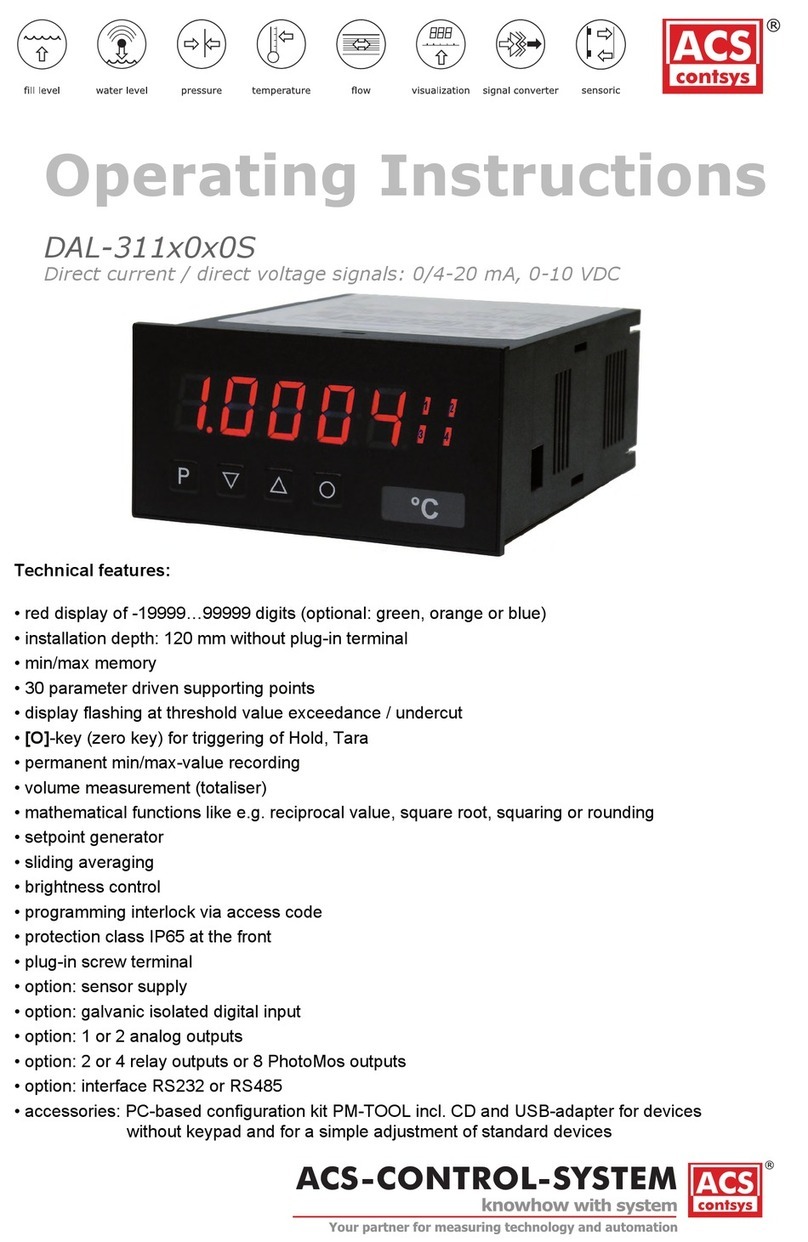
ACS contsys
ACS contsys DAL-311x0x0S User manual
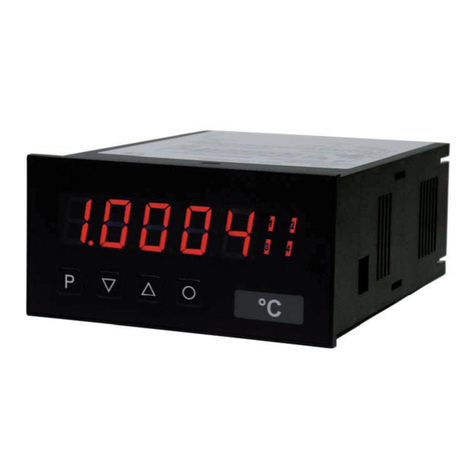
ACS contsys
ACS contsys DAL-311x3x0S User manual
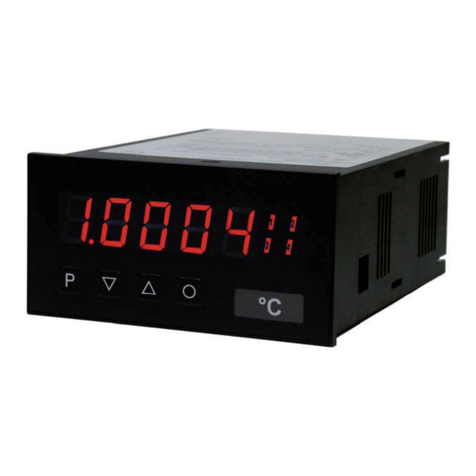
ACS contsys
ACS contsys DAL-311 5 0S Series User manual
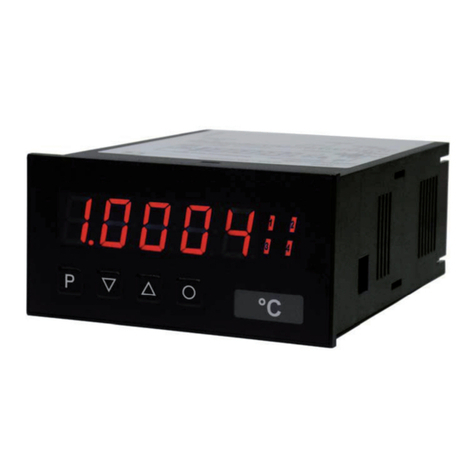
ACS contsys
ACS contsys DAL-311-2 Series User manual
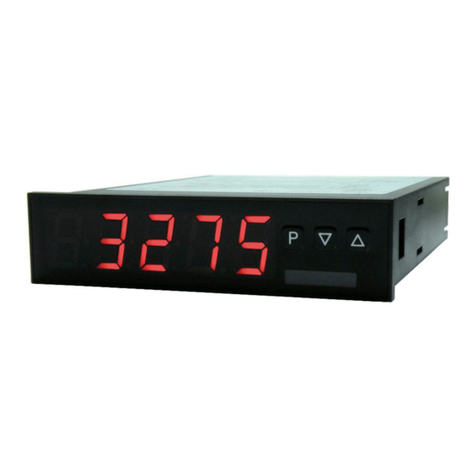
ACS contsys
ACS contsys DAP-311 0 0S Series User manual
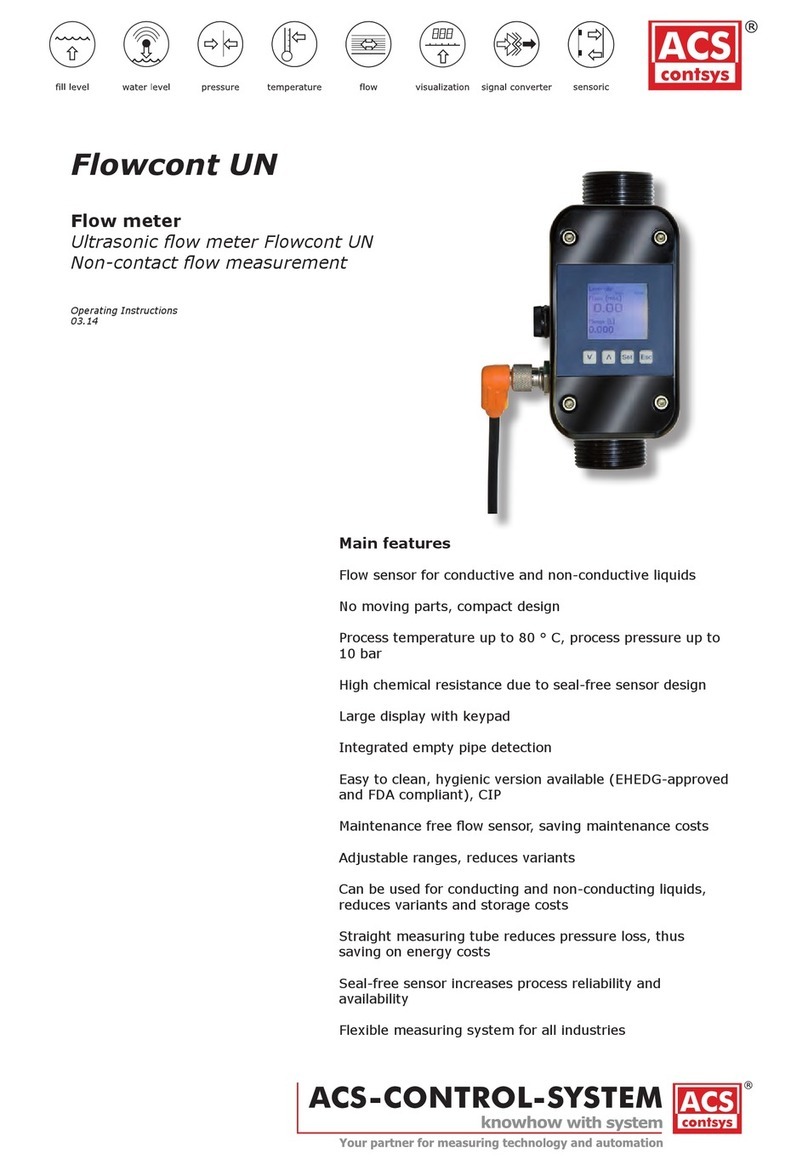
ACS contsys
ACS contsys Flowcont UN User manual
ACS contsys
ACS contsys Sonicont USN4SP User manual
